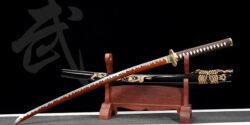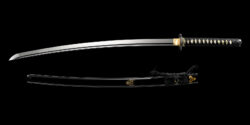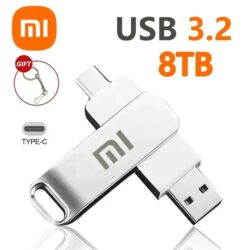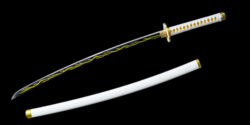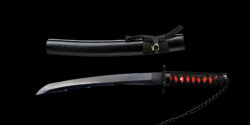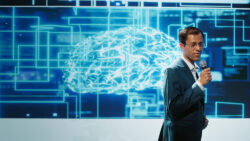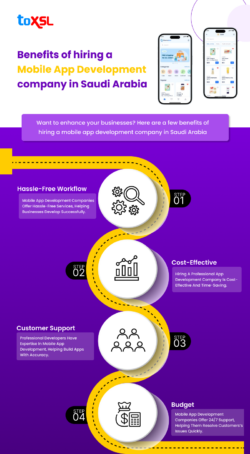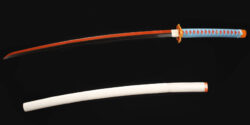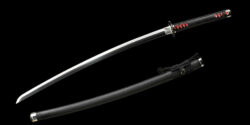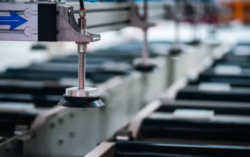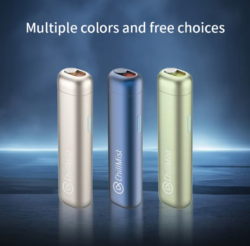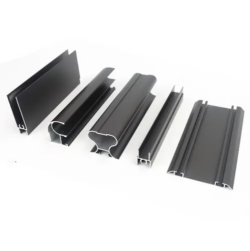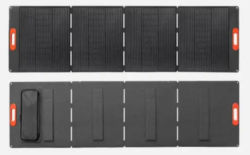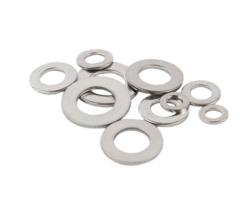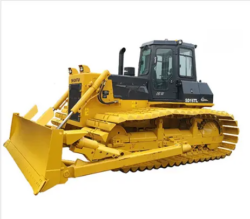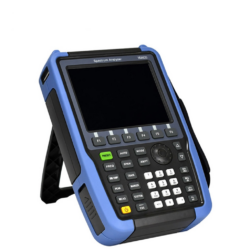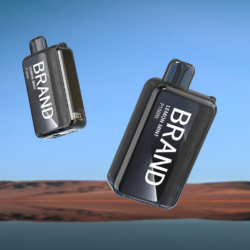Business Analysis Made Easy
We do decision making about many trivial and important things everyday.
We decide what to wear, what to eat, what to do with our time. But how do we make a decision? There are two main types of decision making: intuition and rational thinking. Intuition is the ability to make decisions quickly without much information. Rational thinking is the process of gathering all relevant information before making a decision.
Intuition is often used by people who are experts in their field, such as an athlete or musician, because they have had so much experience with the activity that they can make quick decisions without thinking about it too hard. This type of decision-making relies on instinctive knowledge and past experiences to guide it.
Rational thinking is more common for people who have not been doing something for a long time or are new at it because they need more data and evidence before making a decision that will impact them in some way.
Analyzed Decisions
One theory of how decision making should be done sees it as an analytical process. The decision maker generates several options, then identifies criteria for evaluating these options, assigns values to the evaluation criteria, and rates each option according to these criteria. The basic idea is to compare multiple options concurrently to arrive at an optimal solution. Analytical decisions tend to be thorough, but time consuming. Theoretically, experience is not necessary for effective making analytical decisions — reasoning power is enough.
Intuitive Decision Making
A second approach is based on intuition. This approach relies on an experienced decision maker’s ability to recognize the key elements of a problem, rapidly integrate them, and make a proper decision. Intuitive decisions thus replaces analysis with experience and judgment. The intuitive model credits the experienced person making the decision with the ability to grasp the situation in its entirety. Intuitive decision makers strives to find the first solution that solves the problem, rather than waiting for the “best” solution. The speedier intuitive model is consistent with the view that situations that require quick decisions are ultimately an art rather than a science — there is no absolutely correct answer to any problem. The intuitive model works on the assumption that, by drawing upon personal experience, the one upon who the weight of decision lies will generate a workable first solution, and therefore does not need to develop numerous options. If time permits, she may evaluate her decision; if she finds it defective, she then moves on to the next reasonable solution. The only way to prepare to make intuitive decisions is to have experience and lots of it. In fact that experience will include many bad decisions, before the decision maker “arrives.”


